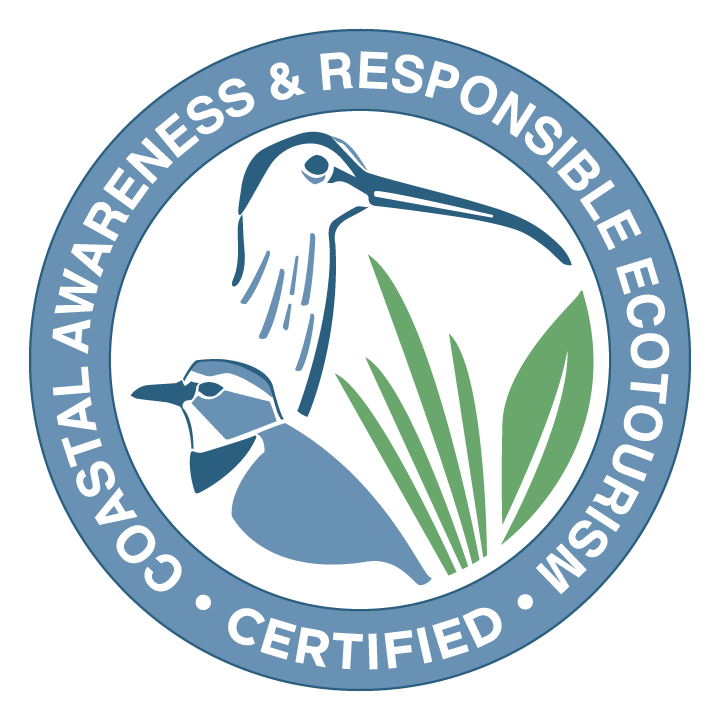Colonies and Clusters
Introduction
This final section looks at some living and non-living plankton which are unique, and sometimes hard to identify. It is important to be able to separate these from the more typical zooplankters. The plankton in this group do not belong to the plant or animal kingdom but have special classifications which set them apart from other zooplankton. However, they still play important roles in marine ecosystems.
Marine Snow

Marine snow, also known as ‘organic dandruff’, is made up from a mix of material including organic matter, inorganic matter and detritus (Alldredge & Silver,2004) . Some can be found in the upper layer of the ocean, but it is also possible for more material to clump together causing it to sink.
The characteristics of marine snow vary widely, depending on the conditions when it was formed i.e. temperature, salinity etc (Elsevier).
In a sample this will look unfocused, random and not be identifiable as an organism. It has a ‘fluffy’ appearance with no defined edges.
Rhizaria

Rhizaria are protists, a type of organism that is not quite a plant or animal, they are only made up of one cell and do not photosynthesize. Protists are super important in the plankton world; they are highly abundant and play an important role in many marine processes, yet not much is known about them.
Rhizaria have complex shells and move in a special way. They have special long, thin appendages that they can use to ‘crawl’ and this is called amoeboid movement (Nikolaev et al, 2004). They are a pretty funky group and very different to the other organisms in the course so far.
Rhizaria do not have a defined shape but often look like a bumpy cylinder. They range from light to dark and can be pictured alone or with others (as they can form colonies). They are commonly imaged with other zooplankton attached too!

If you want to understand what protists are better, the video above is a gives a great overview on this group of organisms.
Trichodesmium
Trichodesmium are marine cyanobacteria which are widely distributed across the ocean (Capone et al., 1997). They have important roles in marine systems, being known as good nitrogen fixers. They can be individuals but can also bloom into large colonies, which has earned them their name of ‘sea saw dust’ as the colonies appear as large reddish-brown patches (Nasa earth observatory, 2012).
Trichodesmium have a ‘pom-pom’ or a bowtie appearance, with spiky or fluffy looking edges. They are highly pigmented, so look dark and can be viewed as an individual or in colonies.
Flash card practice
References
Alldredge, A. L., & Silver, M. W. (1988). Characteristics, dynamics and significance of marine snow. Progress in Oceanography, 20(1), 41–82. https://doi.org/10.1016/0079-6611(88)90053-5
Capone, D. G., Zehr, J. P., Paerl, H. W., Bergman, B., & Carpenter, E. J. (1997). Trichodesmium, a globally significant marine cyanobacterium. Science, 276(5316), 1221–1229. https://doi.org/10.1126/science.276.5316.1221
Elsevier. (n.d.). Marine snow. In ScienceDirect Topics. Retrieved May 20, 2025, from https://www.sciencedirect.com/topics/agricultural-and-biological-sciences/marine-snow
Microbiology Society. (2019, September 12). What is marine snow? [Video]. YouTube. https://www.youtube.com/watch?v=0Cbpgoyo6UU
NASA Earth Observatory. (2012, September 2). Sea sawdust in the Southwest Pacific Ocean
Nikolaev, S. I., Berney, C., Fahrni, J. F., Bolivar, I., Polet, S., Mylnikov, A. P., Aleshin, V. V., Petrov, N. B., & Pawlowski, J. (2004). The twilight of Heliozoa and rise of Rhizaria, an emerging supergroup of amoeboid eukaryotes. Proceedings of the National Academy of Sciences, 101(21), 8066–8071. https://doi.org/10.1073/pnas.0308602101
Taxateca. (n.d.). Radiolaria image [Image]. Taxateca. http://www.taxateca.com/images/dominioeukaryota/reinorhizaria/radiolaria2.bmp
